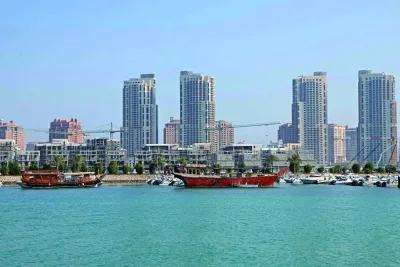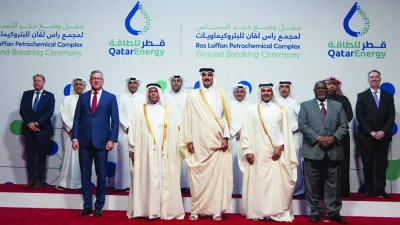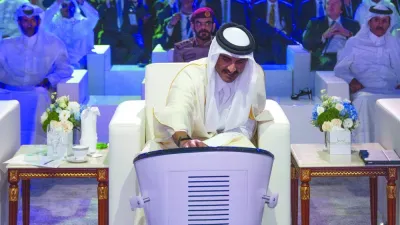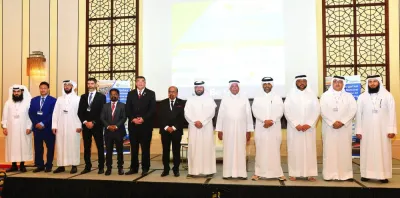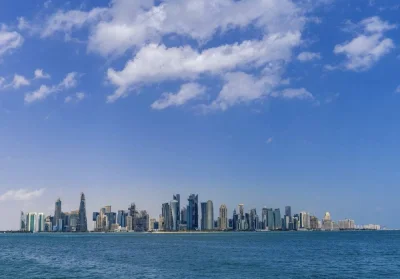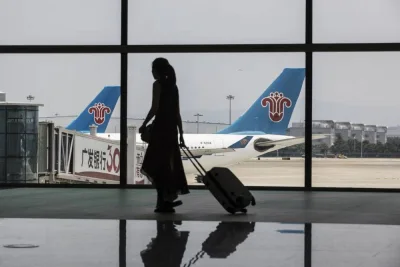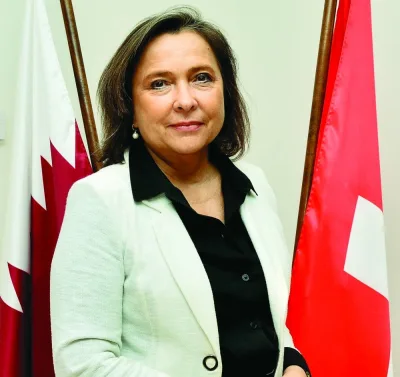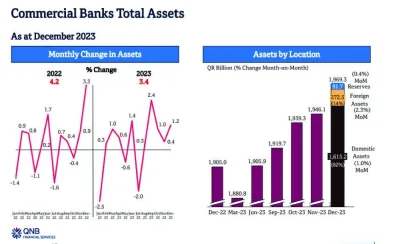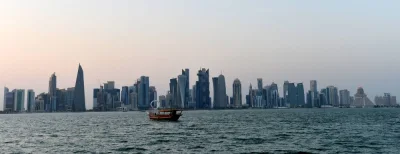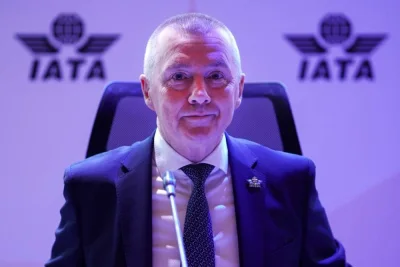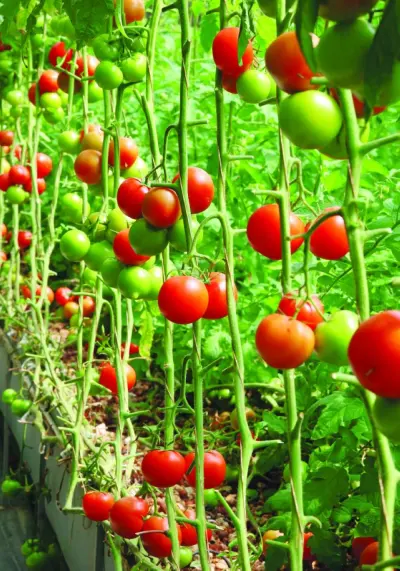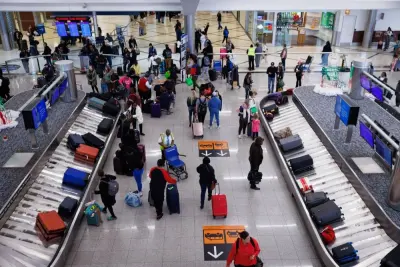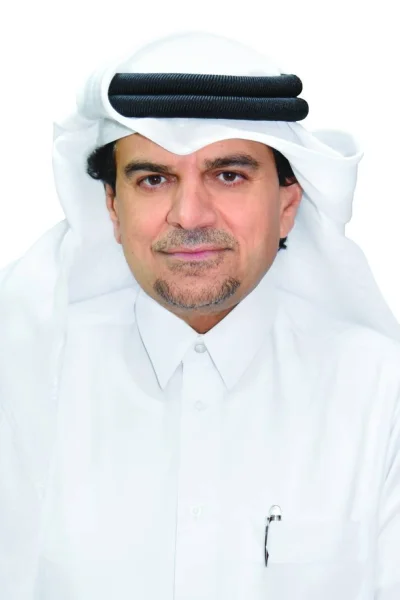The global aviation industry faces various challenges that impact its operations, growth, and sustainability..text-box { float:left; width:250px; padding:1px; border:1pt white; margin-top: 10px; margin-right: 15px; margin-bottom: 5px; margin-left: 20px;}@media only screen and (max-width: 767px) {.text-box {width: 30%;}}**media[143634]**Some of these challenges include fuel price volatility, geopolitics, global economic conditions, environmental concerns, infrastructure constraints and cybersecurity threats.That said, the aviation industry made notable progress and recovery during 2023, following a few years of significant downturn mainly due to the Covid-19 pandemic.Full year 2023 was at just over 94% of where the industry was in 2019. And that consisted of very strong performance in domestic markets, almost 4% ahead of 2019, with international markets lagging at just over 88%, according to the global body of airlines- the International Air Transport Association.Looking forward, IATA estimates that over the next 20 years, the industry will grow at about 3.3% every year. That is significantly lower than the growth the industry witnessed during the period 2010 to 2019, noted IATA director general Willie Walsh.“But I think it does reflect some of the challenges that we as an industry are facing and will face going into the future. Infrastructure constraints both in the air and on the ground. Supply chain issues which have now been a feature of the industry for a number of years and are likely to continue for a few more years.“The delay and delivery of new aircraft, the problems in relation to engines, labour shortages in some parts of the world, and significantly the cost impact of our transition to net zero in 2050.“Because whatever way you look at this, there will be a cost associated with transitioning to net zero. And ultimately, that costs will have to be reflected in the ticket prices that we charge our customers, which will have a dampening effect on the level of growth that the industry sees going forward.”IATA looks at six major geographic regions when assessing the industry’s economic performance. That's Africa, Asia-Pacific, Europe, Latin America, Middle East and North America.In 1990, African airlines contributed 2.2% of global aviation. Asia-Pacific carriers were 19.7%, Europe 28%, Latin America and Caribbean 5.4%, Middle East carriers 2.4% and a lot has been written about what has happened in the Middle East.But significantly, North American carriers accounted for 42% of the global markets.Now if one roll forward and look at 2019, one sees Africa continuing at 2.1%. But significant growth was seen in the Asia-Pacific region, reaching almost 35% of the global market in 2019. Europe remained pretty static at 27%, Latin America 5%, the Middle East has grown from 2.4% to 9.1%, and North American carriers had reduced from 42% to just over 22%.The figures for 2023 are broadly similar, IATA says. Asia Pacific, reflecting the fact that the recovery has been slightly slower in international markets at about 32%.A look at the major domestic markets indicate the domestic market in China in 1990 was just over 1% of all global activity, and India about 0.2%.Looking forward at 2023, the Chinese domestic market now represents over 11%, of total commercial aviation, and India has grown to almost 1.8%.Significant growth was seen in these markets in that period.“And I think when you look at the demographics of the world, it doesn't take much to imagine what is going to happen in these countries going forward, particularly in India, which I think represents a fantastic opportunity for the industry,” Walsh says.He said the aviation industry is absolutely committed to achieving its “net zero CO2 goal” in 2050. And we cannot fail or falter in our efforts to achieve that goal.“It is absolutely essential that we work together to ensure that we can credibly provide people with confidence that we have a pathway to decarbonise our industry. And I think we can take a lot of confidence from what we've achieved already.“If you look at the CO2 produced by the industry in 2000, and compare that to what we did in 2019 just before the pandemic, our CO2 footprint increased by almost 54%. But during that same period, passenger traffic grew by 175%. So, there is complete disconnect between passenger growth and our C02 growth.”Central to achieving the industry’s goal will be the use of sustainable aviation fuel (SAF), Walsh insists.“I believe the industry has shown strong demand for this product. Every single drop of sustainable aviation fuel that has been produced has been used by the industry.”In 2020, 2021, 2022, during the height of the pandemic, the industry continued to invest in this expensive product.“And I have absolutely no doubt that we will continue to do so. What we need to see as an industry is greater production. We need to see governments providing the incentive for production to significantly increase. And with that increase in production, I guarantee you that the airlines will use all of the fuel produced despite the cost impact that will represent,” Walsh added.Undoubtedly, addressing critical challenges facing the industry requires a collaborative effort from industry stakeholders, governments, and regulatory bodies to create a sustainable and resilient aviation sector.


